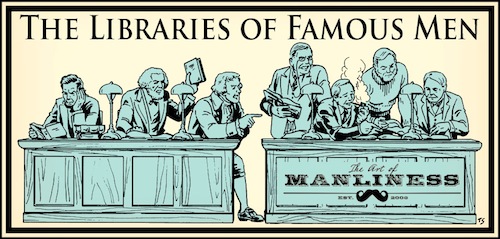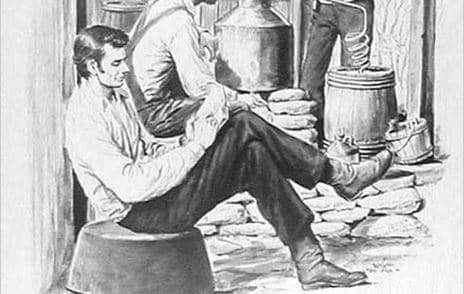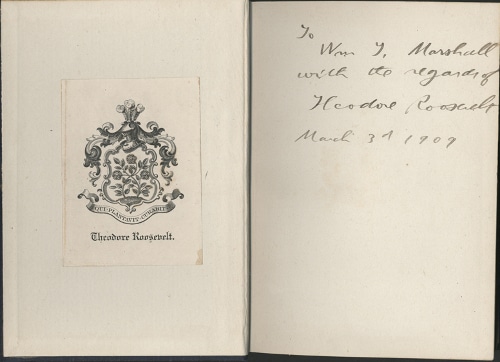
There’s an antique bookstore in Montpelier, VT that I always visit whenever we make a trip out to the Green Mountain State. I’ve found a few books there that have provided some great fodder for the blog. Every now and then I’ve come across books that have ornate, decorative labels plastered on the inside cover that are emblazoned with “Ex Libris” and then some person’s name. Curious, I got online and searched “Ex Libris” and discovered those little labels are called bookplates and they were a big thing not too long ago.
Bookplates were used primarily by well-to-do folks who had the money to afford large personal libraries. Before the age of cheaply produced paperbacks and electronic devices, books were valuable possessions. The bookplate was simply a way for book owners to identify their books and perhaps encourage their return when they were lent out to friends and family. The first bookplates were used in Germany in the 16th century by Christian monks, and the practice spread among European gentry. The custom came to America in the 1600s, and many of America’s Founding Fathers used bookplates in their personal collections, including George Washington and Paul Revere. Bookplates were widely used throughout the 19th century by both Europeans and Americans, but the practice began to fade by the 1950s.
While the designs on bookplates were highly personalized in order to clearly identify a book’s owner, common motifs were used, including family crests and badges as well as Latin or Greek mottoes that were of personal significance to the tomes’ owner. In what is perhaps a reflection of society’s growing individualism, in the early part of the 20th century you begin to see more personalized bookplate designs that move beyond family heraldry.
Bookplate collecting is a surprisingly robust hobby filled with passionate enthusiasts. Consequently, you can find thousands of bookplate examples online. To give you a taste of the rich variety of designs, we’ve highlighted bookplates from famous and notable men from history. Maybe they’ll even inspire you to create your own.
I know they did for me; in fact, after originally publishing this post, I had my own bookplate made by the incredible folks at Eidolon House:
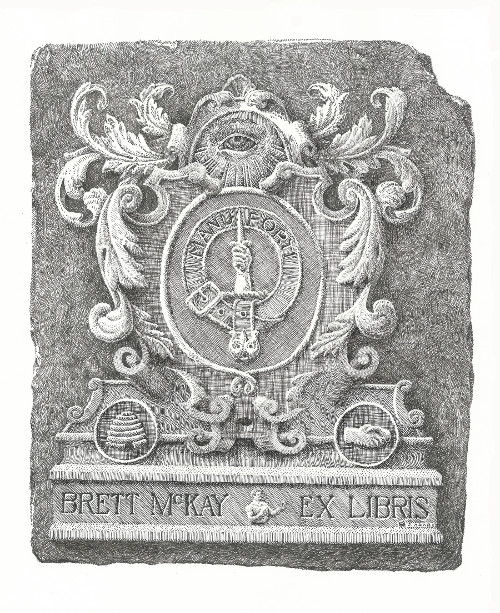
The Bookplates of 31 Famous Men

Latin inscription on George Washington’s bookplate: “The ends justify the means.”
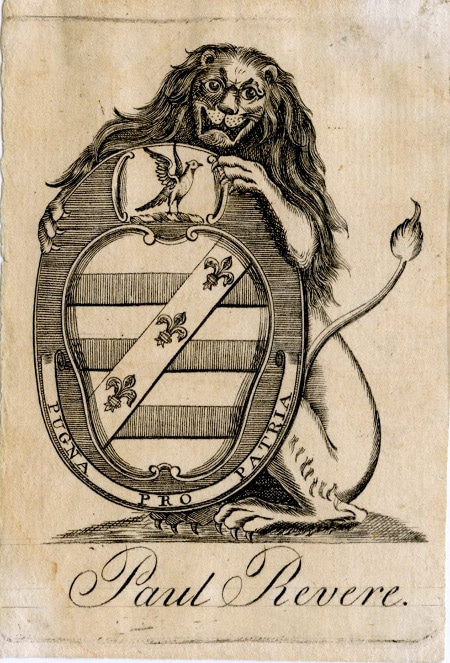
Latin inscription on Revere’s bookplate: “I fight for the Fatherland.”
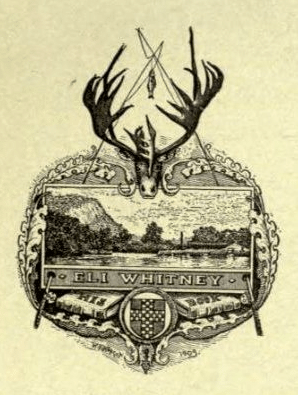
Eli Whitney — inventor of the cotton gin.

Sixth president John Quincy Adams’ bookplate, featuring his family crest. Motto: “You will retain liberty, friendship, and faith.”
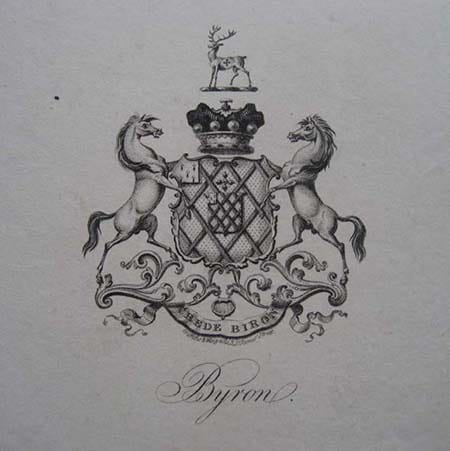
Writer and playboy Lord Byron’s bookplate.
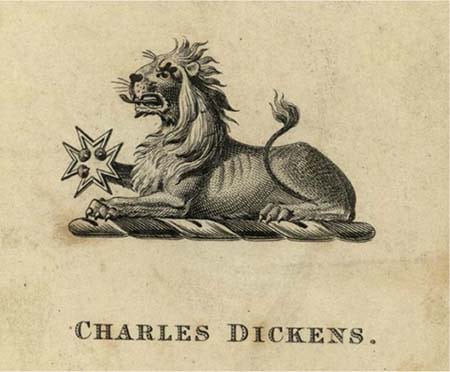
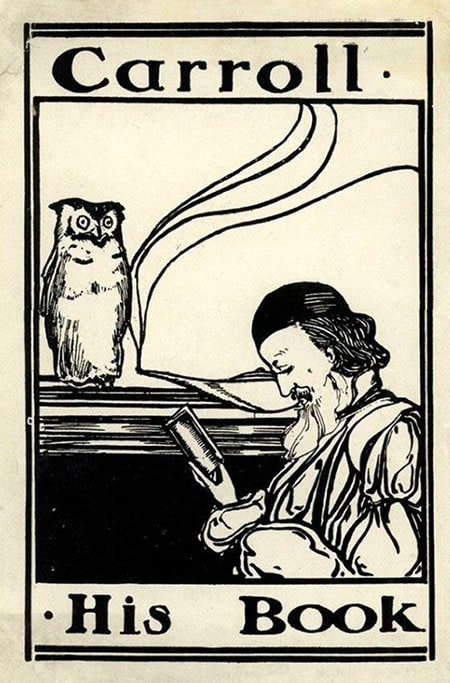
Author Lewis Carroll’s bookplate.
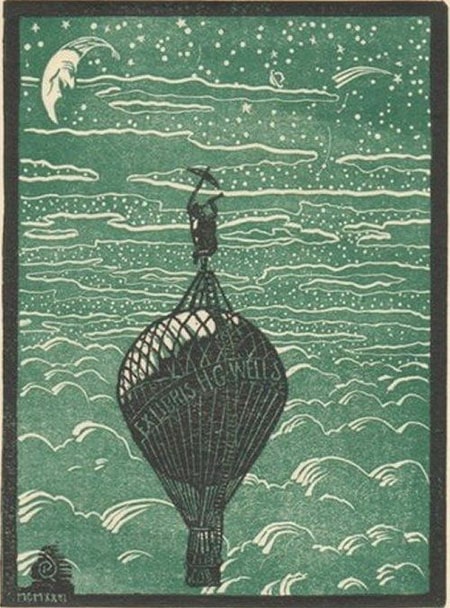
Bookplate of sci-fi pioneer H.G. Wells.
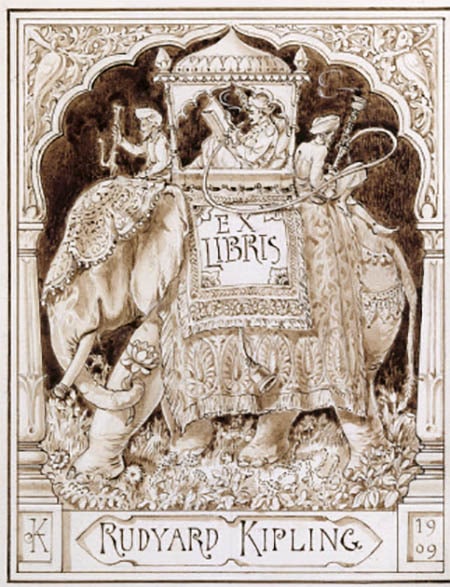
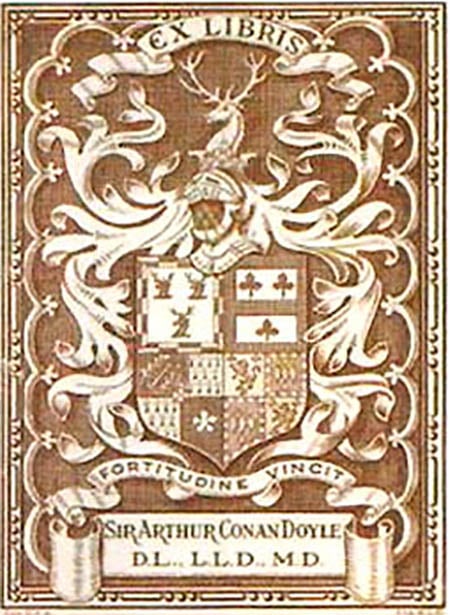
Sherlock Holmes creator Sir Arthur Conan Doyle’s bookplate.
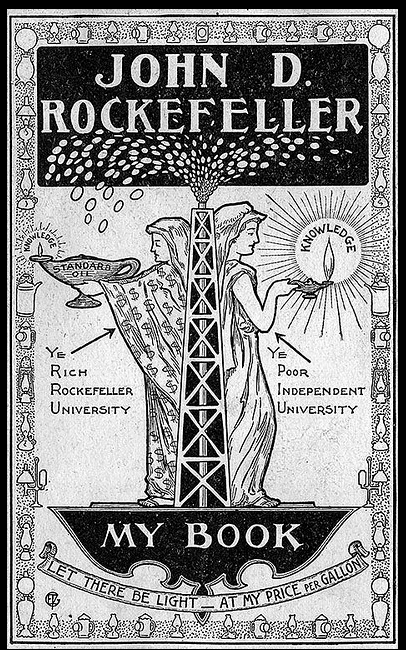
I haven’t been able to ascertain if this was really oil tycoon John D. Rockefeller’s bookplate, or more likely, a bit of satire created by a contemporary critic!

Theodore Roosevelt’s bookplate features his family crest and motto. Translation: “He who plants preserves.” Rumor has it that TR had his family crest tattooed on his chest.
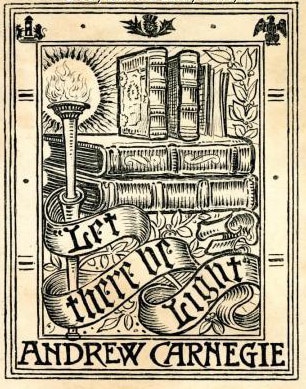
Steel and railroad tycoon Andrew Carnegie’s bookplate.
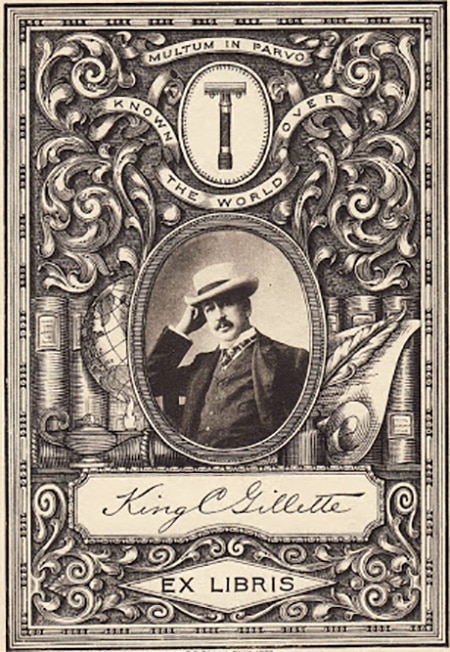
Bookplate of King Gillette — the man who invented the safety razor. The Latin inscription at the top says: “A great deal in a small space.”

Of course Freud’s bookplate would be filled with symbolism. It depicts the riddle of the Sphinx along with a quote in Greek from Oedipus the King that says, “He who understood that famous enigma and was a strong man.” I guess the implication is that Freud was able to solve the riddle of the human psyche? Or maybe a bookplate is sometimes just a bookplate.
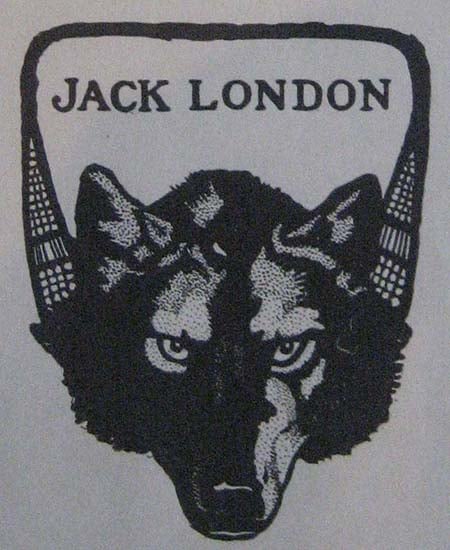
Jack London, author of Call of the Wild and White Fang, was nicknamed the “Wolf,” so it’s only appropriate that his bookplate features this fierce canine.

Bookplate of Irish poet W.B. Yeats. Latin motto: “All things are good to the good.”

Bookplate of Tarzan creator Edgar Rice Burroughs.
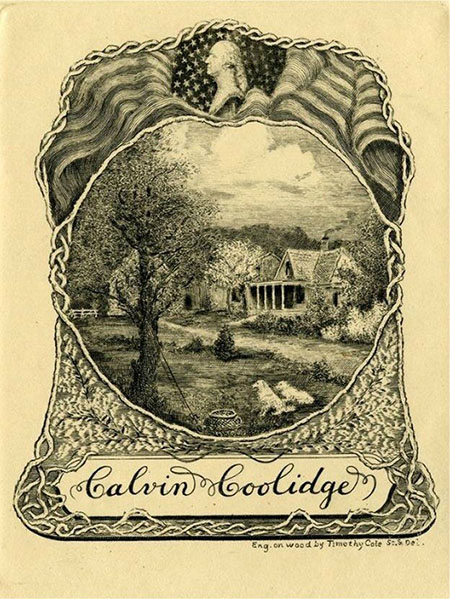
Bookplate of U.S. president Calvin Coolidge featuring his childhood home in Plymouth, VT. They still have a big birthday bash there for Silent Cal every 4th of July.

Movie director Cecil B. DeMille’s bookplate.

Silent movie star Charlie Chaplin’s bookplate.
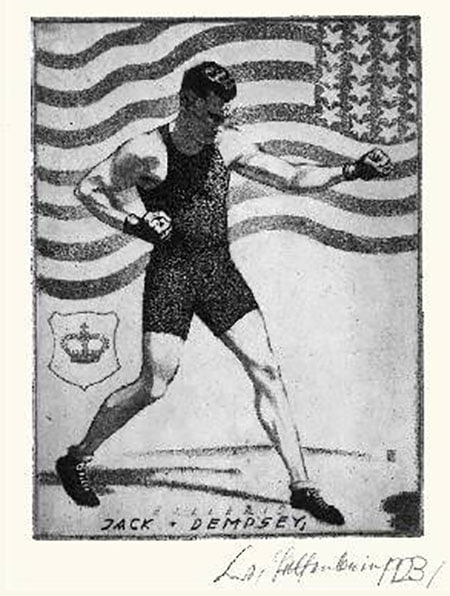
Champion boxer Jack Dempsey.
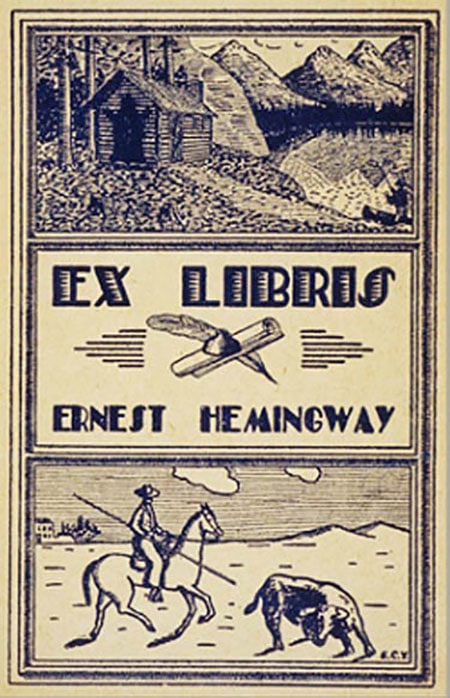
Papa’s bookplate.
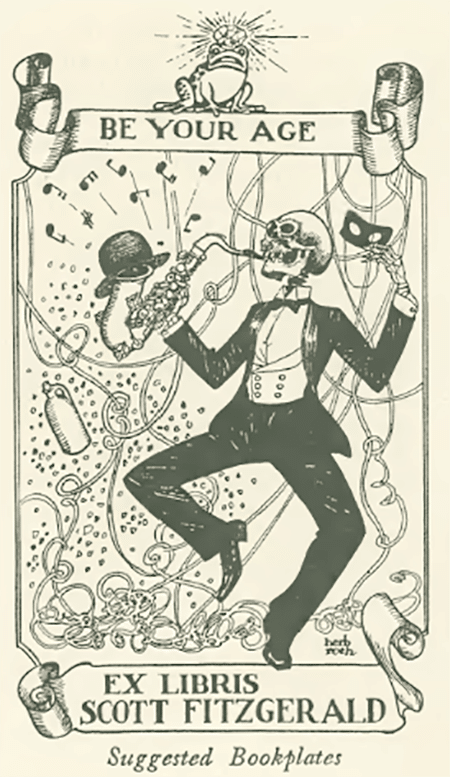
F. Scott Fitzgerald never used bookplates for his personal library, but an illustrator at The New Yorker created a “suggested” bookplate for Fitzgerald based on the theme of dying young that appears in Fitzgerald’s novels. Fitzgerald liked the illustration so much, he clipped and pasted it on the inside cover of his scrapbook. For more about this bookplate see here.
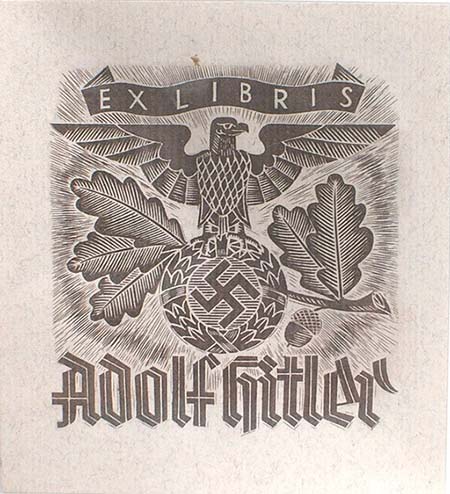
Bookplate of Adolf Hitler.
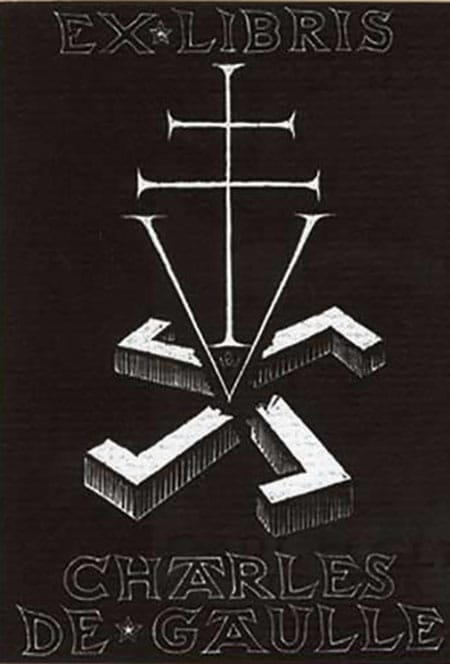
The bookplate of Charles de Gaulle, leader of the Free French Forces during WWII. His bookplate features the Cross of Lorraine — the symbol of the Free French Forces — crushing the Nazi swastika.

I guess you can’t be a fascist dictator without a proper bookplate. Here’s Benito Mussolini’s.

Albert Einstein’s bookplate.

The poet Robert Frost’s bookplate.
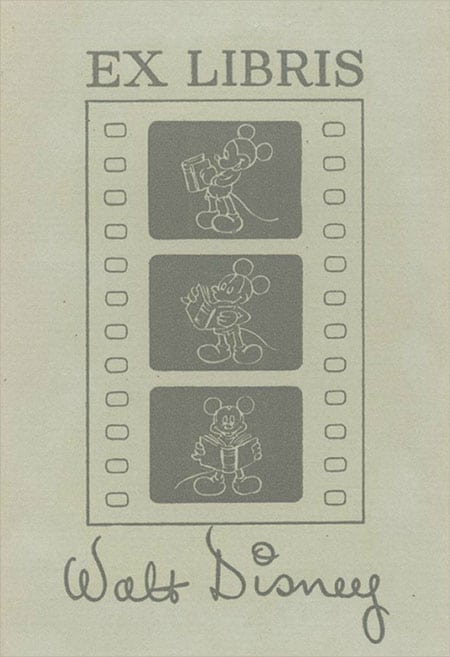
Walt Disney’s bookplate.

Ian Fleming — the creator of James Bond. “Let the deed shaw” is the Fleming clan’s Scottish motto, originating from the 1300s. Learn about the fascinating story behind the motto on this page, and scroll about halfway down.
Do you use bookplates in your personal books? Let us know in the comments!
Tags: Books

